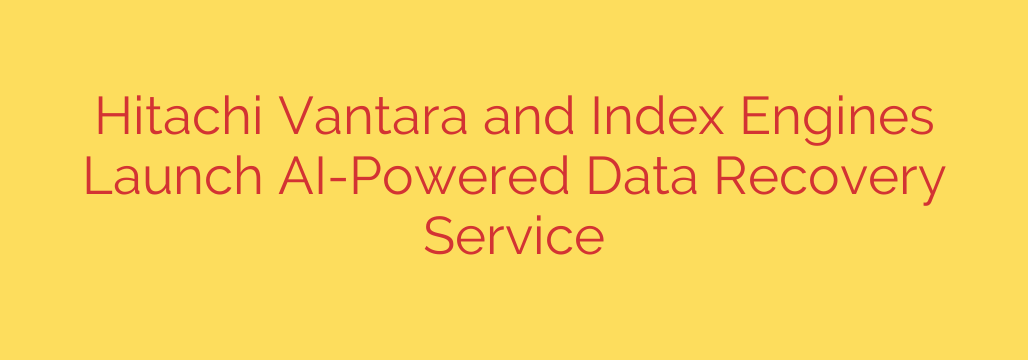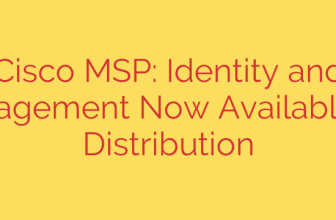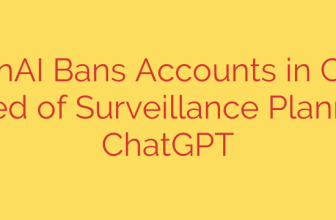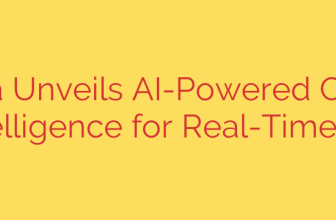
New AI-Powered Service Aims to Slash Ransomware Recovery Time from Weeks to Hours
In the ongoing battle against cybercrime, the moments after a ransomware attack are critical. For most organizations, recovery is a slow, agonizing process filled with uncertainty. How far back did the infection spread? Which files are corrupted? Are we about to restore infected data and start the nightmare all over again? The cost of this downtime can be catastrophic, often exceeding the ransom demand itself.
Addressing this challenge head-on, a powerful new partnership is set to revolutionize how businesses recover from cyberattacks. Hitachi Vantara, a leader in data storage and enterprise solutions, has teamed up with cybersecurity software provider Index Engines to launch an advanced, AI-driven data recovery service. This collaboration integrates Index Engines’ CyberSense technology with Hitachi Vantara’s storage portfolio, creating a solution designed to dramatically reduce downtime and ensure a clean, reliable recovery.
The Problem with Traditional Ransomware Recovery
For years, the standard recovery playbook has been to identify the attack date and restore from the last available backup created before that time. However, this method is fundamentally flawed for several reasons:
- Lingering Infections: Attackers often plant malware that lies dormant for weeks or months before activation. Restoring a backup from “before” the attack might simply reintroduce the initial threat.
- Manual and Slow: Sifting through petabytes of backup data to find uncorrupted files is a monumental, time-consuming task for IT and security teams, often taking weeks of manual effort.
- Widespread Data Loss: Without a precise way to identify the exact point of compromise, organizations are often forced to restore a much older backup, resulting in the loss of significant amounts of critical data.
This outdated approach leaves businesses vulnerable, facing extended operational disruption and immense financial losses.
How AI is Changing the Recovery Game
The new service from Hitachi Vantara and Index Engines introduces a modern, intelligent approach to post-attack recovery. By leveraging artificial intelligence and machine learning, the CyberSense software actively scans backup data to detect signs of corruption that signal a ransomware attack.
The core of the technology lies in its ability to perform deep forensic analysis on backup data, identifying the last known “good” versions of files with incredible speed and accuracy. Here’s how it creates a more resilient recovery process:
- Intelligent Corruption Detection: The AI engine analyzes over 200 data characteristics and metadata features, creating a baseline of normal file activity. It can then instantly spot subtle signs of encryption and corruption that would be invisible to the human eye.
- Pinpointing the Attack Vector: By analyzing the chain of changes in your data, the service can accurately identify the initial point of attack and the exact files that were compromised.
- Providing a Clean Recovery List: Instead of a blind restore, CyberSense generates a definitive list of clean, uncorrupted files. This allows for a surgical restoration of only the good data, eliminating the risk of re-infection.
- Drastic Reduction in Downtime: The entire process of scanning, analysis, and identification is automated. This means what once took weeks of manual labor can now be accomplished in just a few hours, slashing recovery times by up to 90%.
Building a More Resilient Cyber Defense
While this AI-powered recovery service is a significant step forward, it should be part of a broader cyber resilience strategy. For organizations looking to fortify their defenses against ransomware and other data-centric threats, here are some actionable security tips:
Embrace Immutable Storage: Store critical backups on immutable (write-once, read-many) storage. This ensures that once data is written, it cannot be altered or deleted by a bad actor, providing a secure copy for recovery.
Follow the 3-2-1-1 Rule: Maintain at least three copies of your data on two different media types, with one copy off-site and one copy offline or immutable.
Test Your Recovery Plan Regularly: A disaster recovery plan is useless if it doesn’t work. Regularly conduct drills to test your ability to restore data and systems from backups to ensure you are prepared for a real-world incident.
Integrate AI Analytics: Don’t wait for an attack to happen. Proactively use AI-driven tools like CyberSense to continuously scan your backup data. This early detection can provide crucial warnings and insights long before an attack fully materializes.
Ultimately, the fight against ransomware is evolving. It’s no longer enough to simply back up your data; you must have an intelligent, fast, and reliable way to restore it. By combining advanced AI analytics with robust storage infrastructure, businesses can finally move from a position of vulnerability to one of confident cyber resilience, ensuring they can get back to business quickly and safely after an attack.
Source: https://datacenternews.asia/story/hitachi-vantara-index-engines-launch-ai-data-recovery-service








